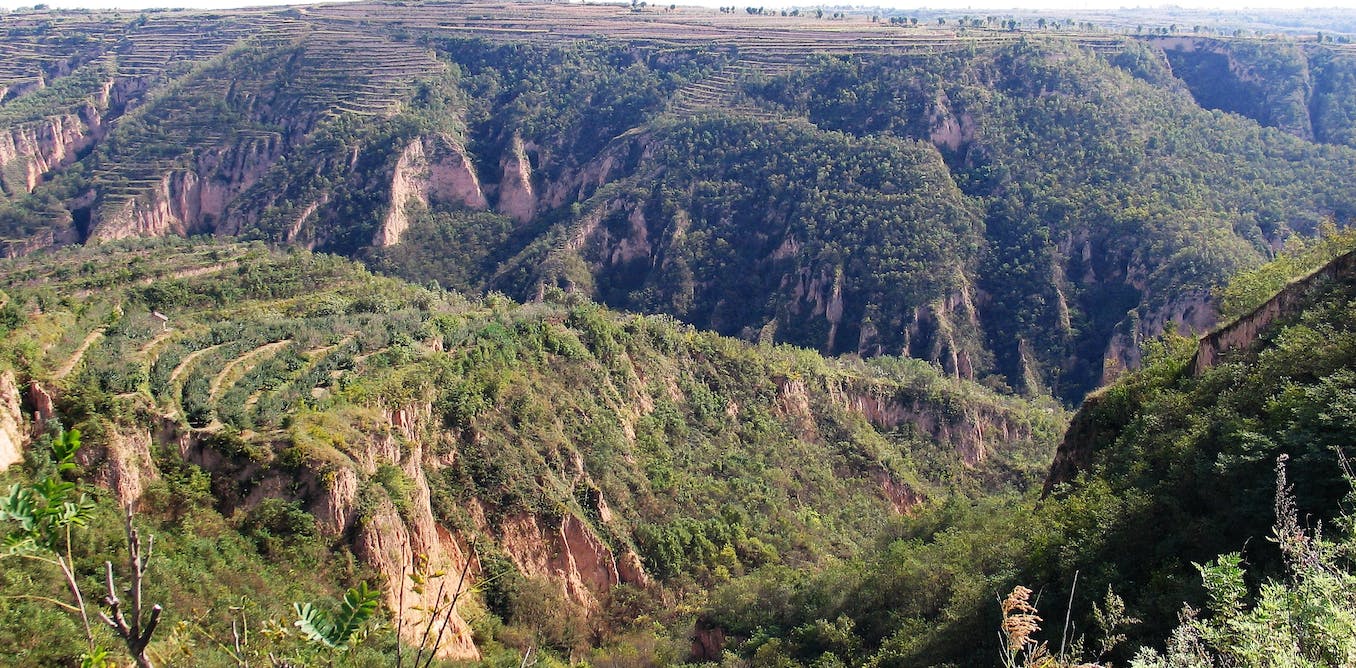China recently hosted the Cop-13, United Nations Convention to Combat Desertification, marking the first time the country organized a major global event on desertification and land degradation. The event occurred in Ordos, Inner Mongolia, a region renowned for its water-limited environments.
Approximately half of the world consists of drylands, areas with limited water and extreme temporal variability in rainfall, making them sensitive to change. These drylands are home to over a third of the global population.
China, acknowledging the significance of these regions, has been implementing afforestation programs to make drylands economically viable. This initiative is set to continue until 2050. However, the challenge lies in the potential exacerbation of China’s water crisis as the increased number of trees requires more water for growth.
China, with only 7% of the world’s arable land, feeds a fifth of the world’s population. Sixty-five percent of its agricultural activities are situated in the dryland region of northern and north-western China, with the Loess Plateau, an area the size of France, being a crucial part of this region.
China’s Efforts to Combat Desertification Shouldn’t Compromise Water Security (Credits: UNU Flores)
The Loess Plateau, historically significant as the cradle of Chinese civilization, features fertile soils formed from wind-blown sediment transported from the Gobi desert over millennia. Despite its fertility, Loess soils are highly susceptible to erosion by water and wind, a result of centuries of mismanagement.
To combat soil erosion, China has implemented various soil conservation programs, including terracing, check dams, and afforestation, since the 1950s. The Three North Shelterbelt project, known as China’s Great Green Wall, initiated in 1978, aims to increase forest coverage in the Three North Region by 15% by 2050.
While this project has successfully reduced soil erosion and sediment load in the Yellow River, the third-largest river in Asia, it has led to a significant decline in water discharge, impacting China’s food security.
Afforestation, a key component of China’s environmental efforts, has contributed to an increase in forest cover in the Loess Plateau from 6% in 1949 to 26% in 2010.
However, this rise has also resulted in a decline in water resources due to increased water consumption by forests, slower development, susceptibility to diseases, and poor vegetation stability.
As droughts and floods are expected to become more frequent and intense, and the demand for water continues to rise, China faces challenges in ensuring water and food security in its drylands regions. To address these issues, an integrated management approach for forests, land, and water is crucial.
Measures should be tailored to local environmental conditions, avoiding afforestation in regions with less than 450mm annual rainfall. Grassland establishment in drought-prone zones and the introduction of native tree species that use less water can be more sustainable solutions.
The Chinese government’s plan to invest $9.5 billion in afforestation on the Loess Plateau by 2050 underscores the commitment to combat land degradation.
However, learning from past efforts is essential to establish management approaches that ensure synergies among the environment, economy, and society, creating a more sustainable path forward.
